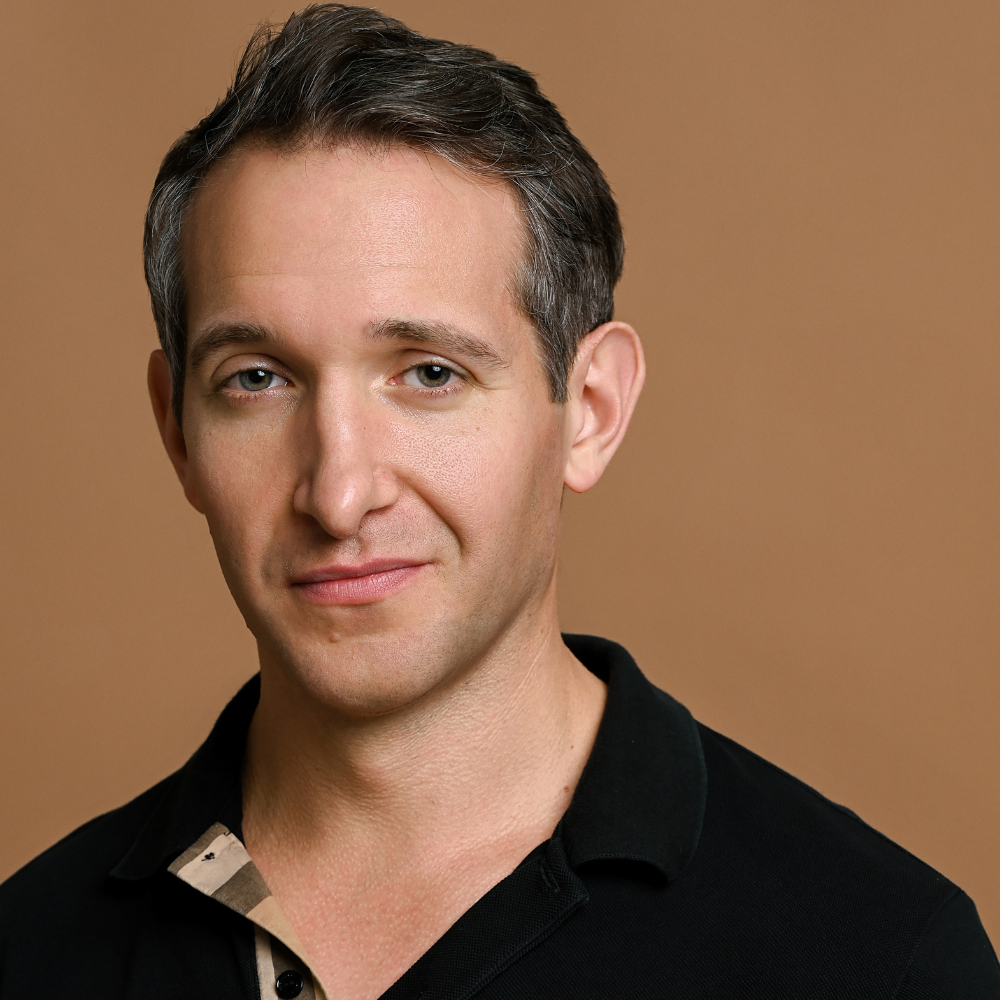There’s so simple formula for coming up with a great new invention. If there were, then the world would be full of inventors. Even if an invention is great in its own right, for it to become a successful product, it’s got to be able to generate a return on investment. It’s not just enough for the thing you made to be really cool. For your invention to become a serious product design, it’s got to make money. And that means it’s got to have a market.
Pursuing a product development strategy is labor intensive and costly. A successful product is going to require some upfront investment. So it’s important to know going into the project how viable your invention will be as a marketable good. Before you start ratcheting up the manufacturing process, there are a few things you should consider to help you determine the viability of your invention.
Understanding Your Target Market
Before you get too wrapped up in design work, you need to start doing some research. The first thing you want to research is your target market. You came up with this invention because you noticed something missing — something you wanted that wasn’t there. Great. But don’t assume that your potential customers think like you! Don’t take anything about your target market for granted: do the research to find out what people are looking for in a product, and what people feel isn’t being offered by the competition. Then tailor your design and your presentation to those demands.
You want to collect both objective and subjective data. What are current trends in the market? Is your product going to be competing in an emerging field, or in a heavily competitive environment? What is your target demographic? What is the type of person you should have in mind when designing your product? (Hint: it might not be you!).
The internet is a great resource for you at this stage. Take advantage of forums and message boards to get input directly from the community about what they would like to see in a new product. Research and compare campaigns on crowdfunding websites like Kickstarter or Indiegogo. See what works, and what doesn’t.
Consider trends. If you can connect your product with some emerging or popular trend, you can give yourself a big leg up on establishing yourself in the marketplace. Take advantage of social media both to see what is popular and also to reach out to potential customers. You can start to develop a relationship with your target consumers early, and use that feedback to help guide your product development.
Consider The Competition
It’s a centuries-old proverb that inventors and visionaries are standing on the shoulders of giants. That’s a nice thought. But what it means for your new product is that it probably isn’t going to be the only thing of it’s kind in the marketplace. Even if your idea is completely novel, odds are that it serves a function that is already being served in some way by something else. Rare indeed are inventions that do something completely and entirely new!
This means that you’re going to have competition, which brings up another ancient proverb: know your enemy. Gaining a competitive edge is going to be crucial to your product. It’s something you should be thinking about right from be beginning in your product design.
Research your competitors. What are the shortcomings of their product? How could yours be better? Your competitors have an automatic advantage over you: they are already established, and to some extent at least they are already recognized. You’re going to have to overcome that advantage by putting forward something that they can’t. You can’t just be a bit different, you also have to be more appealing — and that means being somehow better.
Consider the vectors by which your product design is an improvement over what’s already out there.
- Affordability. Can your product do what the competition does, while being less expensive? Your invention doesn’t necessarily have to perform better if it can provide better value.
- Novelty. What can your invention do that none of the competitors can do? Just attaching a bottle opener to the side of it probably won’t do — it has to be relevant to whatever function the invention is designed to serve. Adding useless features doesn’t add value.
- Performance. Is your invention stronger, faster, better? Building a better performing product is on the face of it the most straightforward way to set yourself apart from the competition, but it can also be the trickiest. Remember: you have to sell your invention to investors and ultimately to consumers. And that means convincing them that your product’s superior performance is worth the risk you’re asking them to take in your new product.
You don’t necessarily have to hit all three of these targets. If you do, well then you’ve got a viable product on your hands! Even if your invention only surpasses the competition in one of these domains, you could still have a totally viable product design. It all depends on how crowded the market space is for your type of product. If competition is high, you’ll have to excel more, whereas, in a domain where there are only a few competitors, it could be easier for your product to get noticed.
Research is key. You want to have an idea right from the beginning of the product development and design process what your strategy will be for carving a place out in the market for your product and standing apart from the competition. Simply being different from what’s out there isn’t enough: you have to be better, and you have to be able to convince the world.
Raising Awareness
Having the best product in the world won’t do anyone any good if nobody knows about it. You need to have a strategy for making the world care about your invention. So the first big question you have to ask yourself is: will people be excited? If the answer to that question is yes, then you’re off to a good start. The next question you have to answer is: how will people get excited?
Building up hype and expectation for your product is not something that you should wait to do until you’re ready to start production. You need to know in advance whether your idea is going to fly with the public. Now hopefully you’ve followed the advice here and you’ve been doing some market research, so you should have some idea of what it is that people want. Now you need to develop your strategy for communicating to your potential customers how your new thing has everything they’ve ever wanted from a thing.
Some of the tools you’ll want to use for raising awareness and building up excitement for your product are the same ones you’ll be using to do the market research. Namely, social media and the internet. Promoting your product online can be a cheap and effective way to generate buzz. If you’ve been doing market research online, you should have an idea of which communities and social networks you want to target with your outreach.
Identify the groups which are most likely to be interested with your product. You’re going to need to get some traction with them. Potential investors will want to see that you’ve already built up some level of support for the product — it shows them that you’ve got what it takes for success.
Get the Funding
Every product starts as an invention, and every invention begins as an idea. Ideas are free. Inventions and products cost money. There are going to be costs every step of the way. Even if your intent is to license your invention out and not to take on the manufacturing and distribution yourself, you’re still going to have to bring your product as close to a market-ready state as you can.
The reality is that investors aren’t interested in ideas. And neither are distributors. That’s because there’s a lot of work that goes into turning an idea into an invention — what patent law refers to as a “reduction to practice” — and there’s even more work that goes into polishing that invention to the point that it’s ready to blow the socks off consumers. A distributor won’t want to do that work, which means it will be up to you!
And that means two things: time, and money. The truth is that you’re probably going to have to invest a fair amount of your own of both. These costs could include hiring a CAD designer to get the initial design prepared, 3D printing molds or early prototype parts, and protecting your intellectual property with a patent.
This means that you are going to be your number one investor! You’re going to have to come up with the time and money to bring your invention to the state where you can start getting support from investors — which means, probably, prototypes and CAD mock-ups. You need to be able to shoulder these upfront costs. Even with crowdfunding on Kickstarter or Indiegogo, you’re going to have to come to the table with something to show your potential crowd of micro-investors. A drawing on the back of a napkin won’t do!
Again, research is important. Study the competition. If your crowdfunding, study the successful campaigns of similar products. How much development has gone into the products already? Do you have the resources to get to that point? Don’t jump into a crowdfunding campaign half-cocked. Wait until you are ready to do it properly.
Know your investor pitch! Part of your job as an inventor is to convince investors to part with their money. To do that, you’re going to need to have a solid pitch. You want to hook potential investors, to sell them on your product. A successful investor presentation is about show and tell. Have a well-defined value proposition, statement of individuality, and an irresistible call to action. Your mission is to build the case that the world needs your product, and that your investors will earn money.
These things might seem obvious. And they are. But many product design campaigns get started without taking these three important factors into consideration. Precious time and money can be wasted trying to get an invention off the ground that simply never had a realistic chance of generating any traction with consumers. Or, on the other hand, an entirely viable product can fold after a poorly executed crowdfunding campaign fails to generate any buzz.
You have to meet an existing need, and to convince both investors and potential buyers that your product is better than the competition. ost importantly of all, you need to be ready to invest your own time and money into the early stages of the product development process. Most importantly of all, you need to be ready to invest your own time and money into the early stages of the product development process.
You will be your number one investor, at least to start off with, and much of the success of the product design will be determined by your diligence and effort in these early stages. You need to believe in your product, and you have to make others believe in it, too.
Wherever phase of the product development cycle you’re in, Cad Crowd has the professional services to help you succeed in your design project. From CAD design to patenting services, we’ve got you covered! Get a free quote today.


Listen I have got a game changing idea for my invention.i just want to sell my idea and I’m telling you it’s revolutionary! Please contact me if intrigued. Thank you for your time.
Useful article